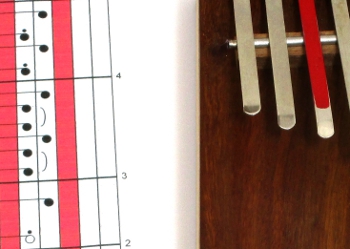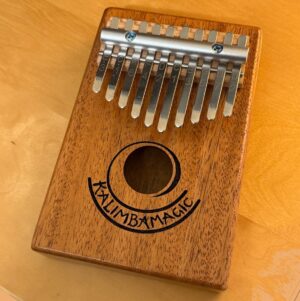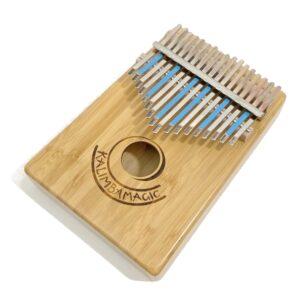
Learn to Read Tablature – 2
Understanding ties and dots – extending the length of notes Are you having difficulty understanding note and timing symbols in the tablature? This blog post is just for you – it’s the second of our series on learning how to read kalimba tablature. In the first post, we talked about what the “tine map” means, looked at the different types of notes and how long each kind lasts, and introduced how to understand timing and keeping time. This installment of the multi-part series on reading tablature covers the details of the “tie” symbol (a sideways smile) and the “dot” (a dot immediately after – or “above” – any note





